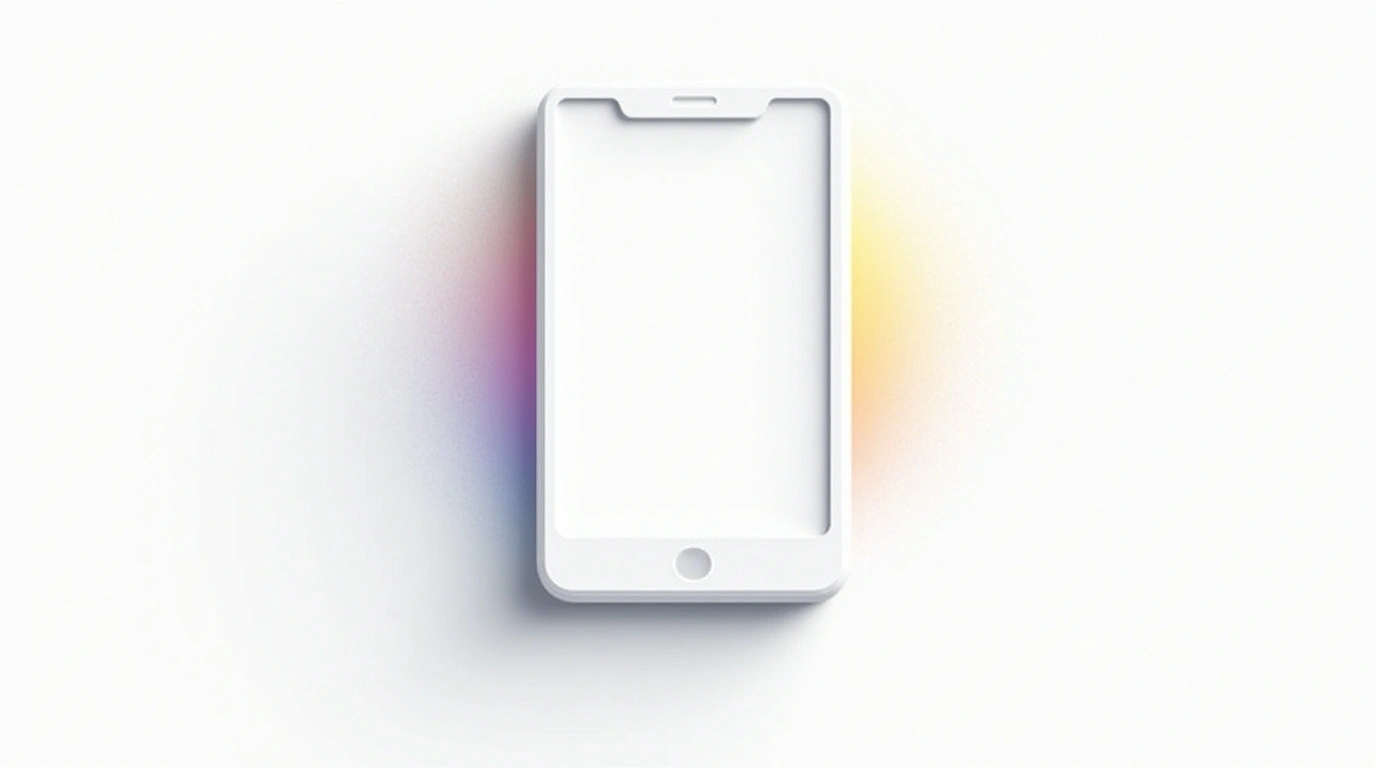If your site isn’t mobile-first in 2025, it’s already last.
It’s official: mobile is not the “secondary” experience—it is the experience. Over 60% of all web traffic is mobile, and Google’s indexing has long gone mobile-first. If your site still feels like a shrunken desktop page, you’re not just behind—you’re bleeding users.
Let’s walk through how to design with mobile in mind, and why getting this right isn’t optional anymore.
1. Mobile-First Isn’t Just About Screen Size
It’s about priorities. Mobile-first design forces you to ask:
“What does the user actually need right now?”
On a 6-inch screen with one thumb and a 3-second attention span, you have to ditch the fluff and distill your site to its core function.
Desktop enhances. Mobile defines.
2. Speed = Survival
On mobile, speed isn’t just a nicety—it’s survival. Every extra second of load time increases bounce rate by up to 32%.
Do this:
- Compress images like it’s your religion
- Use modern formats (WebP, AVIF)
- Avoid bloated JavaScript libraries
- Implement lazy loading for offscreen content
If your site lags, users bounce. They don’t send you a courtesy email first.
3. Design for Thumbs, Not Mice
Your users are tapping with fingers, not precision mousing. That means:
- Buttons must be at least 48x48px (per Google’s own guidelines)
- Leave plenty of space between tappable elements
- Don’t bury critical actions in hover menus (which don’t exist on mobile)
If your user has to pinch-zoom to hit “submit,” you’ve failed.
4. Navigation Should Be Frictionless
Mobile navigation needs to be clean and intuitive. Use:
- Hamburger menus (but make sure they’re obvious)
- Fixed bottom nav bars for commonly used links
- Slide-out or drawer menus with high-contrast labels
Bonus points for thumb-friendly placement on the lower half of the screen. Think “one-handed scroll at a stoplight”—not “two-handed deep dive in a library.”
5. Typography Matters More Than You Think
Tiny screens mean text readability can make or break your site. Use:
- Font sizes of 16px or larger for body text
- Line height of at least 1.4–1.6
- Max line length of ~40 characters per line for easier scanning
Sans-serif fonts tend to work best on mobile due to screen clarity. And for the love of UX, don’t center-align big blocks of body text.
6. Prioritize Content Like a Minimalist
Mobile users don’t need everything—they need the right thing.
Strip it down to:
- What they came for
- What they’ll do next
- What action you want them to take
Then remove everything else. Brutally.
7. Real-World Examples That Nail It
- Airbnb: Large tap targets, intuitive flow, lightning-fast search UX
- Stripe: Clean, readable code docs—even on mobile
- Notion: Smooth transitions, perfectly scaled typography, and consistent UX
These sites don’t just look good—they work flawlessly in your hand.
Wrap-Up: Think Small to Win Big
Mobile-first isn’t a design fad—it’s how you stay relevant. In 2025, users expect speed, clarity, and ease of use—wherever they are, and with whatever device is in their hand.
If your mobile experience is clunky, your conversions will be too. But if you design with intention, restraint, and empathy for the mobile user… they’ll reward you with attention, trust, and action.


